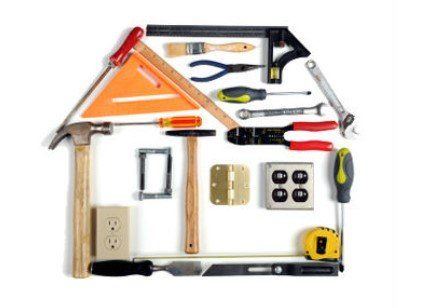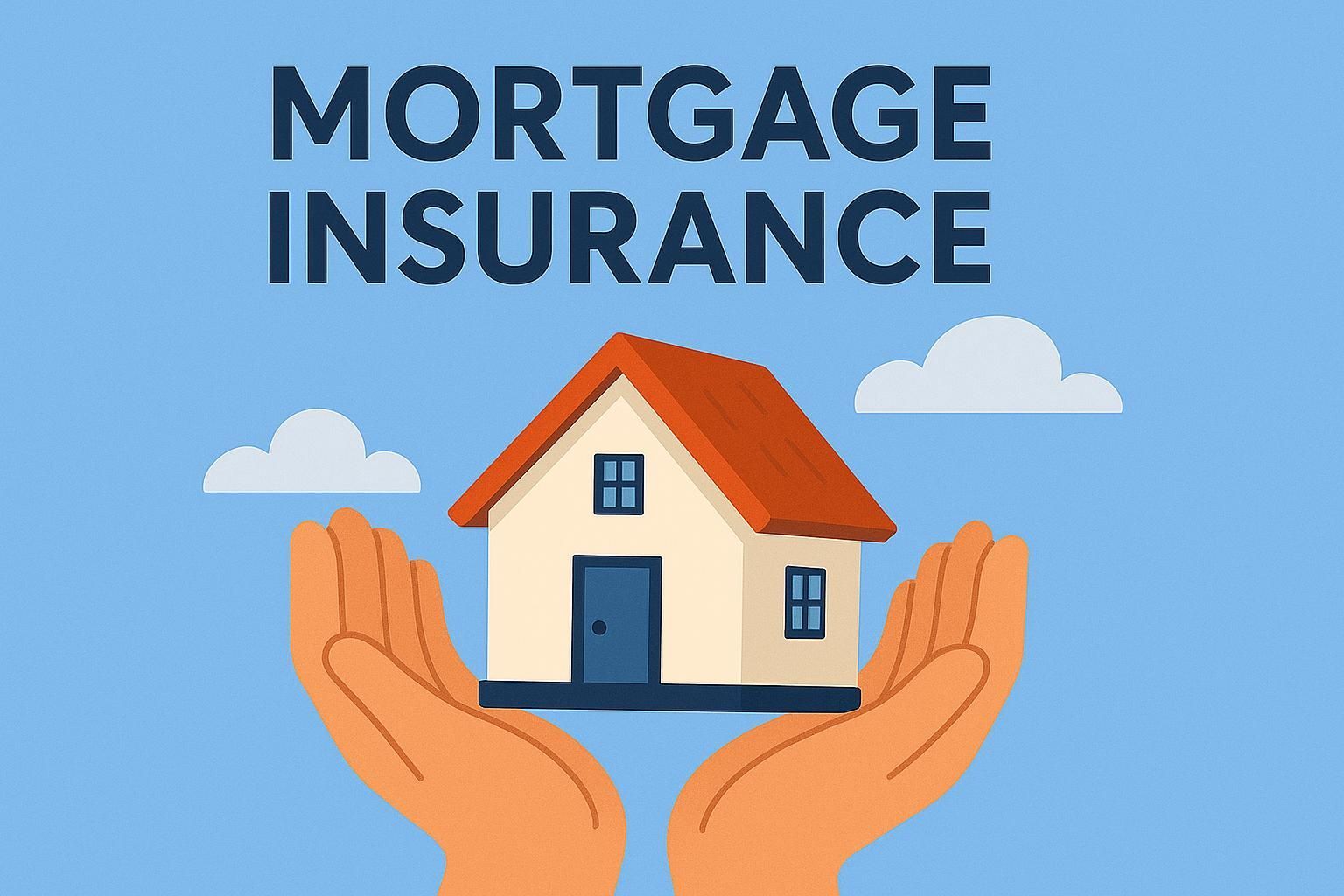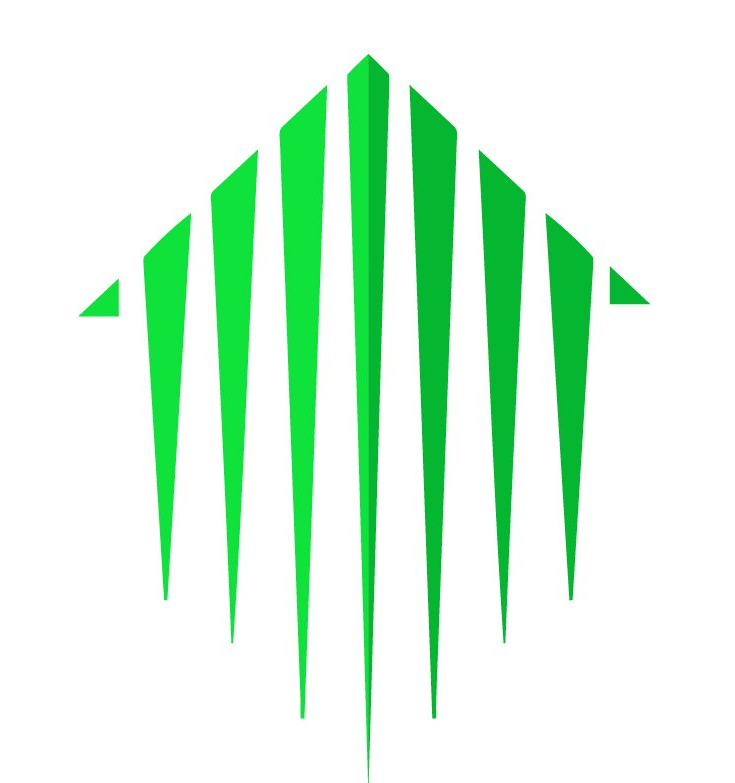Mortgage Purchase Plus Improvements - December 2021

Purchase Plus Improvements Mortgage
Not every home is move-in ready. Have you found your dream home, only to find out that it needs TLC and you need to do some renovations? The costs of renovations can really add up, and you might not be able to afford them. Luckily, there is a program that will allow you to purchase a property, that also covers the costs of renovations—a purchase plus improvements mortgage.
With one manageable mortgage, you can have your home — plus add in the costs of renovations — sometimes with as little as 5% down.
What is purchase plus improvements mortgage?
This program allows you to borrow the cost of renovations (up to a certain percentage) and add it to the home price, rolling it all into one easy-to-manage mortgage payment.
Once you take possession of your new home, you can start the upgrades immediately. This type of mortgage comes with a few extra requirements before signing, such as providing quotes for the work that needs to be completed.
There is a stipulation, however, that requires improvements to be permanent in nature, including items such as paint, cupboards, flooring, roofing, furnace, etc. As such, appliances and other non-permanent fixtures are not covered within a Purchase Plus Improvements mortgage.
7 Steps: How the Purchase Plus Improvements Mortgage Works
1. You can get a mortgage approved with as little as a 5% down payment and include some home improvement costs into the mortgage amount.
- The renovations must increase the property value.
2. When applying for a purchase plus improvements mortgage, the contractor’s quote for the work to be completed, MUST be provided upfront to the lender, along with your offer to purchase the home.
- In other words, when you submit your mortgage application, lenders need to have the contractor quote(s) outlining the work to be done and what the cost will be.
- In most cases, the improvements work will need to be done by a licensed contractor
- Renovation Time Limits: typically, the improvements need to be completed within 90 days, (some exceptions can be made).
- The Purchase Plus Improvements program is NOT available after the mortgage has been funded.
3. The contractor(s) quote needs to outline the work to be done and the cost for said improvement.
4. Once your home purchase has completed, the homeowner must come up with the funds to complete the home improvements. Funds could come from a line of credit, credit card, store credit card (i.e. Home Depot), gifted money or credit from the contractors you will be using. The bottom line is that you need to figure out how to pay for the improvements upfront.
- You will not receive any funds for the renovations until after the work is completed and reviewed by the bank representative.
5. Once the renovations/improvements have been completed, an inspection report from an appraiser is required so the lender can confirm that the improvements were completed and are good quality.
- Once you prove the improvements requested are finished, the lender will allow your lawyer/notary to release to you the purchase plus improvement funds
6. Once the improvement funds are released, you use the money to pay off your improvements.
7. With the upgrades done, and all the mortgage details taken care of, you can fully enjoy your new home-sweet-home.
The Purchase Plus Improvement program is available with the best mortgage rates, including fixed and variable.
Purchase Plus Improvements is a great program, which may make it easier for you to decide which home is best fit for your situation.
Would you like more information regarding Purchase Plus Improvement mortgages? Give me a call and let’s have a chat.
Kelly Hudson
Mortgage Expert
Mortgage Architects
604-312-5009
Kelly@KellyHudsonMortgages.com
www.KellyHudsonMortgages.com






